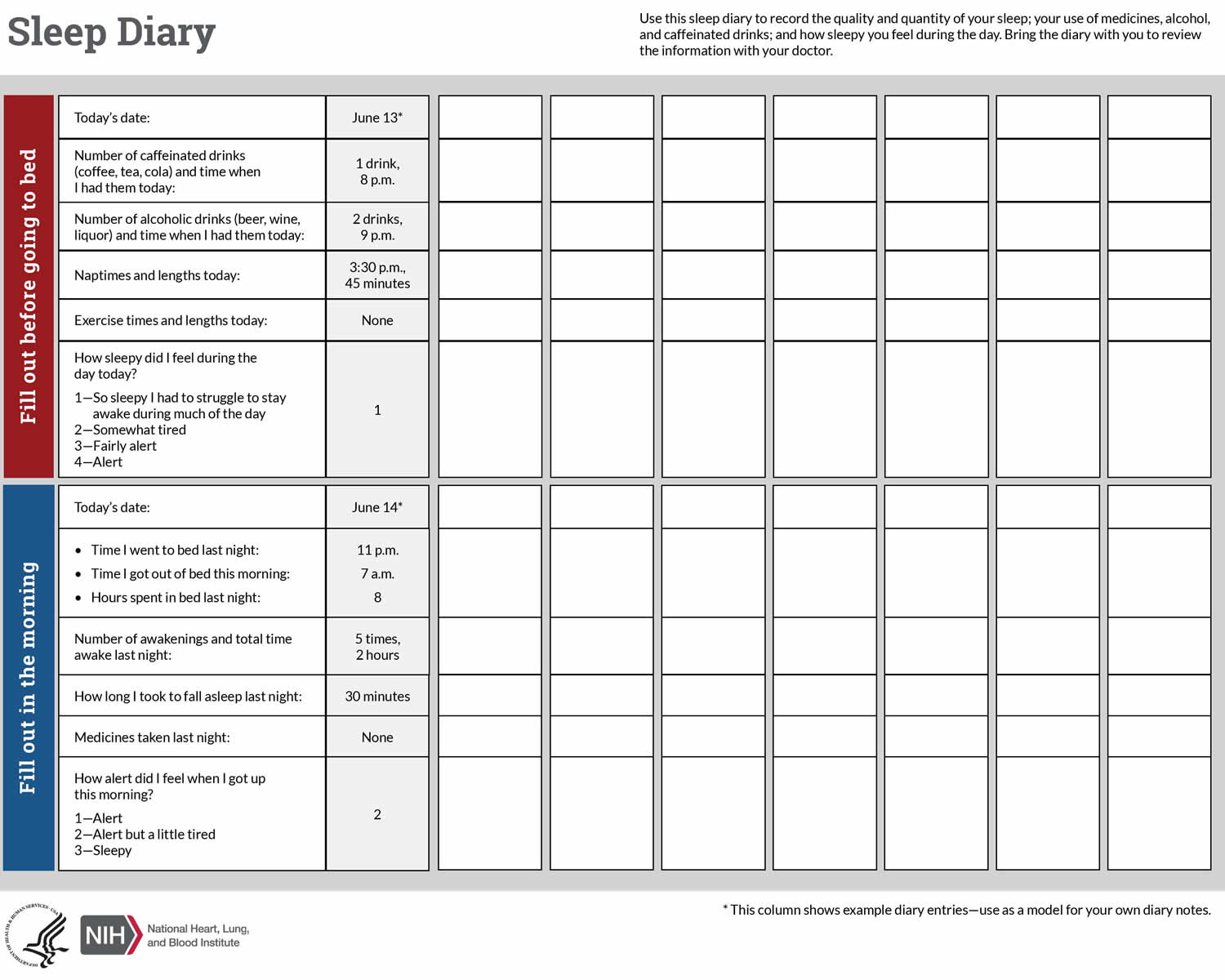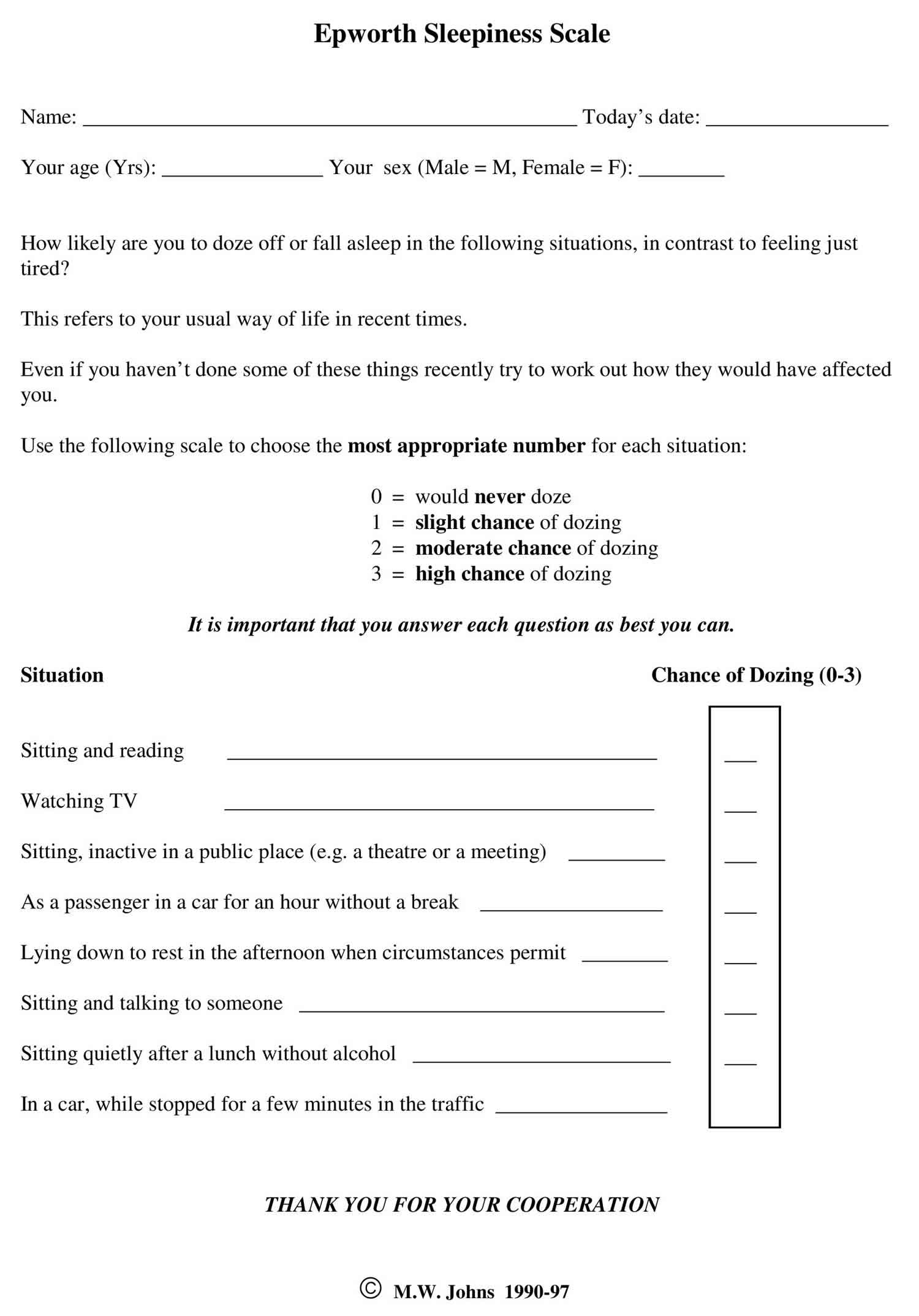Confusional arousal
Confusional arousals is a sleep disorder that causes you to act in a very strange and confused way as you wake up or just after waking. It may appear that you don’t know where you are or what you are doing. Your behavior may include the following 1:
- Slow speech
- Confused thinking
- Poor memory
- Blunt responses to questions or requests
When a confusional arousal occurs, you may seem to be awake even though you have a foggy state of mind. Episodes often start when someone else has to physically wake you up. Sleepwalking or shouting during an episode is common. Some people with confusional arousals also grind their teeth. These incidents may last a few minutes up to several hours. People with confusional arousals tend to have no memory of these episodes.
Sleep disruptions caused by health problems (such as fever), travel, abrupt sleep loss, migraine, and irregular sleep-wake schedules may trigger a confusional arousal episode. Another sleep disorder such as sleep-disordered-breathing and to a lesser extent restless legs syndrome or nocturnal asthma may also be seen in association with the confusional arousals.
Confusional arousals occur at the same rate among both men and women. Confusional arousals can occur at any age, but are more common in children and adults under the age of 35. Confusional arousal may occur in as many as 17 percent of children. About three to four percent of adults have confusional arousals.
Confusional arousals are considered a parasomnia. This class of sleep disorder involves unwanted events or experiences that occur while you are falling asleep, sleeping or waking up.
Confusional arousals tend to occur as you wake from slow-wave sleep. This sleep stage is most common in the first third of the night. In some cases, these episodes may occur later in the night or during a daytime nap.
In some rare cases, adults may act very inappropriately or even hostile and aggressive. This behavior can put a huge strain on relationships. These extreme episodes are uncommon for most people who have confusional arousals.
One variation of confusional arousals is called severe morning sleep inertia or “sleep drunkenness” 1. It can affect teens and adults. The signs of it are the same as those of typical confusional arousals that occur early at night. The difference is that severe morning sleep inertia occurs in the morning when you are waking up 1.
Severe morning sleep inertia tends to happen every morning, and it can last for years. People with morning sleep inertia may miss time and perform poorly at school or at work. It also can be a source of conflict at home. In rare cases it can cause injuries and drowsy driving accidents.
Confusional arousals child
Confusional arousals are more than three to four times more prevalent in children compared to individuals 15 years or older (around 3 percent) 2. They can be precipitated by forced arousals, particularly early in an individual’s sleep cycle. Episodes of confusional arousals in children may seem bizarre and frightening to parents. The child can have a confused look on his or her face and “stare right through” you. Children may become more agitated when you try to comfort them. Most episodes last from five to fifteen minutes. But they may last as long as thirty to forty minutes in some youth.
Overall, confusional arousals are fairly harmless in children. Confusional arousals are less common after the age of five years. Children who have confusional arousals often will sleepwalk when they are teens.
Confusional arousal causes
Confusional arousals are more likely if you have a relative with this sleep disorder. Other factors that can increase your risk for confusional arousal include:
- Rotating shift work
- Night shift work
- Other sleep disorders (hypersomnia, insomnia, circadian rhythm sleep disorders)
- Not enough sleep
- Stress
- Worry
- Bipolar and depressive disorders
Potential causes for confusional arousal include the following:
- Recovery from sleep deprivation
- Alcohol consumption
- Obstructive sleep apnea (OSA)
- Periodic limb movement disorder
- Psychotropic medication use
- Drug abuse
- Being forced to wake up
Confusional arousal symptoms
A confusional arousal is when a sleeping person appears to wake up but their behavior is unusual or strange. The individual may be disoriented, unresponsive, have slow speech or confused thinking. Confusional arousals typically occur in the first 2 hours of falling asleep during a transition from “deep” sleep to a lighter stage of sleep. The episode may last only a few minutes or continue on for a longer period of time. There is usually little or no recall of the arousal or any event that may had occurred during the episode the next morning.
Your behavior may include the following 1:
- Slow speech
- Confused thinking
- Poor memory
- Blunt responses to questions or requests
When a confusional arousal occurs, you may seem to be awake even though you have a foggy state of mind. Episodes often start when someone else has to physically wake you up. Sleepwalking or shouting during an episode is common. Some people with confusional arousals also grind their teeth. These incidents may last a few minutes up to several hours. People with confusional arousals tend to have no memory of these episodes.
Confusional arousal diagnosis
You will need to see a sleep specialist because confusional arousal sleep disorder can cause severe problems. Your doctor will require you to complete a sleep diary for two weeks. This will give the doctor clues as to what might be causing your problems. You can also rate your sleep with the Epworth Sleepiness Scale. This will help show how your sleep is affecting your daily life.
Your doctor will need to know your complete medical history. Be sure to inform him or her of any past or present drug and medication use.
You may need to do an in-lab sleep study. This type of sleep study charts your brain waves, heart beat and breathing as you sleep. It also records how your arms and legs move. An in-lab study will show if there are other disorders, such as sleep apnea or a movement disorder that are causing your sleep problems. Many sleep studies will also record your sleep on video to show if you do anything unusual while you sleep.
Figure 1. Sleep diary
Epworth sleepiness scale
Epworth Sleepiness Scale (ESS) is a scale intended to measure ‘daytime sleepiness’ that is measured by use of a very short questionnaire. This can be helpful in diagnosing sleep disorders. Epworth Sleepiness Scale was introduced in 1991 by Dr Murray Johns of Epworth Hospital in Melbourne, Australia and subsequently modified it slightly in 1997.
Epworth Sleepiness Scale is a self-administered questionnaire with 8 questions. The questionnaire asks the subject to rate his or her probability of falling asleep on a scale of increasing probability from 0 to 3 (0 = no chance of dozing 1 = slight chance of dozing 2 = moderate chance of dozing 3 = high chance of dozing) for eight different situations that most people engage in during their daily lives, though not necessarily every day. The scores for the eight questions are added together to obtain a single number. A number in the 0–9 range is considered to be normal while a number in the 10–24 range indicates that expert medical advice should be sought. For instance, scores of 11-15 are shown to indicate the possibility of mild to moderate sleep apnea, where a score of 16 and above indicates the possibility of severe sleep apnea or narcolepsy. Certain questions in the scale were shown to be better predictors of specific sleep disorders, though further tests may be required to provide an accurate diagnosis.
Figure 2. Epworth Sleepiness Scale
Epworth Sleepiness Scale score
Epworth Sleepiness Scale is a scale intended to measure daytime sleepiness that is measured by use of a very short questionnaire. Epworth Sleepiness Scale can be helpful in diagnosing sleep disorders.
Sitting and reading
- 0 – no chance of dozing
- 1 – slight chance of dozing
- 2 – moderate chance of dozing
- 3 – high chance of dozing
Watching television
- 0 – no chance of dozing
- 1 – slight chance of dozing
- 2 – moderate chance of dozing
- 3 – high chance of dozing
Sitting, inactive in a public place (e.g. a theater or meeting)
- 0 – no chance of dozing
- 1 – slight chance of dozing
- 2 – moderate chance of dozing
- 3 – high chance of dozing
As a passenger in a car for an hour without a break
- 0 – no chance of dozing
- 1 – slight chance of dozing
- 2 – moderate chance of dozing
- 3 – high chance of dozing
Lying down to rest in the afternoon when circumstances permit
- 0 – no chance of dozing
- 1 – slight chance of dozing
- 2 – moderate chance of dozing
- 3 – high chance of dozing
Sitting and talking to someone
- 0 – no chance of dozing
- 1 – slight chance of dozing
- 2 – moderate chance of dozing
- 3 – high chance of dozing
Sitting quietly after a lunch without alcohol
- 0 – no chance of dozing
- 1 – slight chance of dozing
- 2 – moderate chance of dozing
- 3 – high chance of dozing
In a car, while stopped for a few minutes in the traffic
- 0 – no chance of dozing
- 1 – slight chance of dozing
- 2 – moderate chance of dozing
- 3 – high chance of dozing
Add up all the scores and write in the designated “total score box”.
Interpret the results as per the scale below.
- Score: 1- 6 = Enough Sleep
- Score: 7-8 = Tend to be sleepy during the day
- Score: 9- 15 = Very sleepy
- Score: 16+ = Dangerously sleepy
Your Score is less than 9 and in considered normal
Your Score is above 9 and its recommended that you should seek medical advice.
Self test
- Has someone told you that you act in a way that is strange or confused when they wake you?
- Has this behavior been described as being hostile or aggressive?
- Have these actions been inappropriate in any way?
- Is this a pattern of behavior that occurs on a regular basis?
If your answer to each of these questions is yes, then you might have confusional arousals. Because you may have no memory of the events, it can be hard for you to know on your own.
Confusional arousal treatment
Any other sleep disorders that may be the cause of the unusual behavior need to be treated first. It may help if you cut back on alcohol or stop drinking it completely. It is also important that you always get a full night of sleep.
Some reports indicate that medication has helped. Antidepressants and sleeping pills are among the types of medication that have been used. Talk to your doctor for advice about this and any other form of treatment.
References- Confusional Arousals – Overview and Facts. http://sleepeducation.org/sleep-disorders-by-category/parasomnias/confusional-arousals/overview-and-facts
- Ohayon MM, Priest RG, Zulley J, Smirne S. The place of confusional arousals in sleep and mental disorders: Findings in a general population sample of 13,057 subjects. Journal of Nervous Mental Disease. 2000;188(6):340–348.







